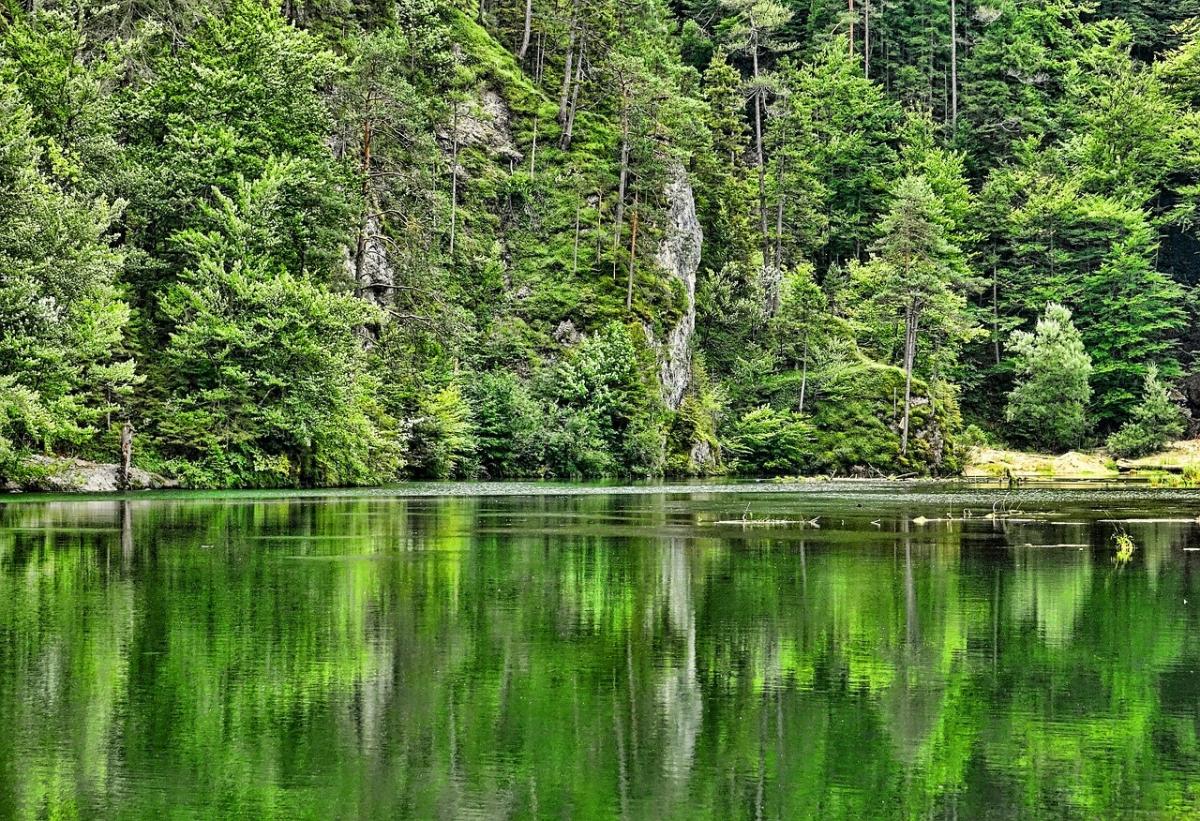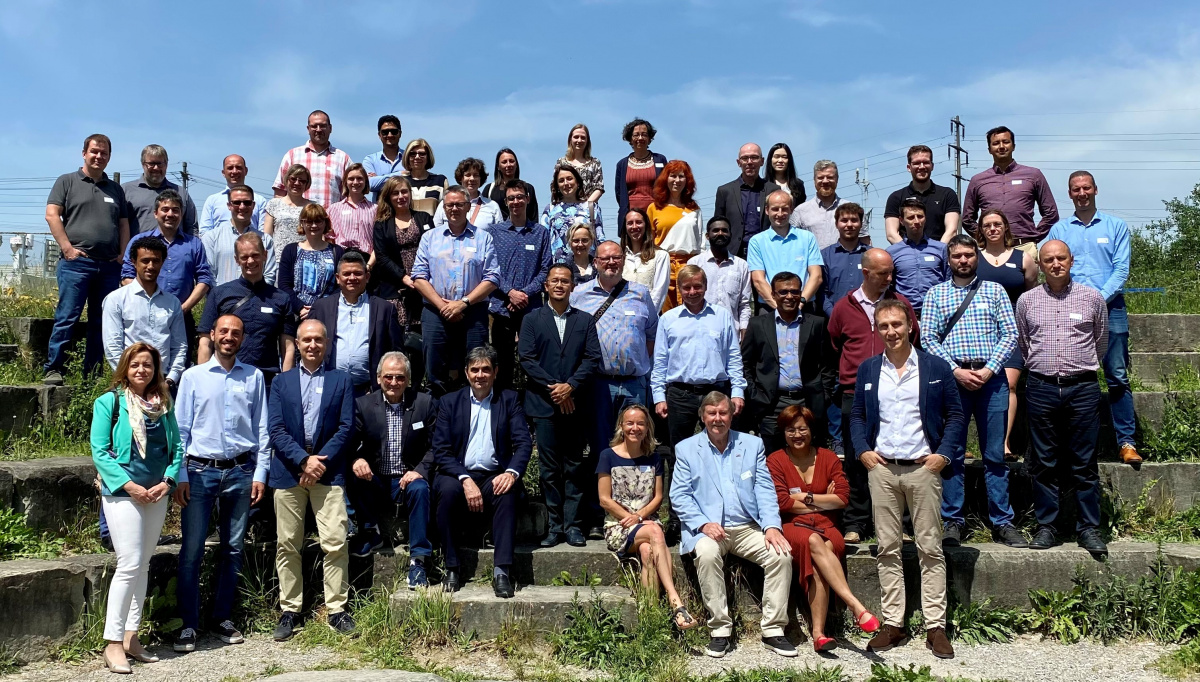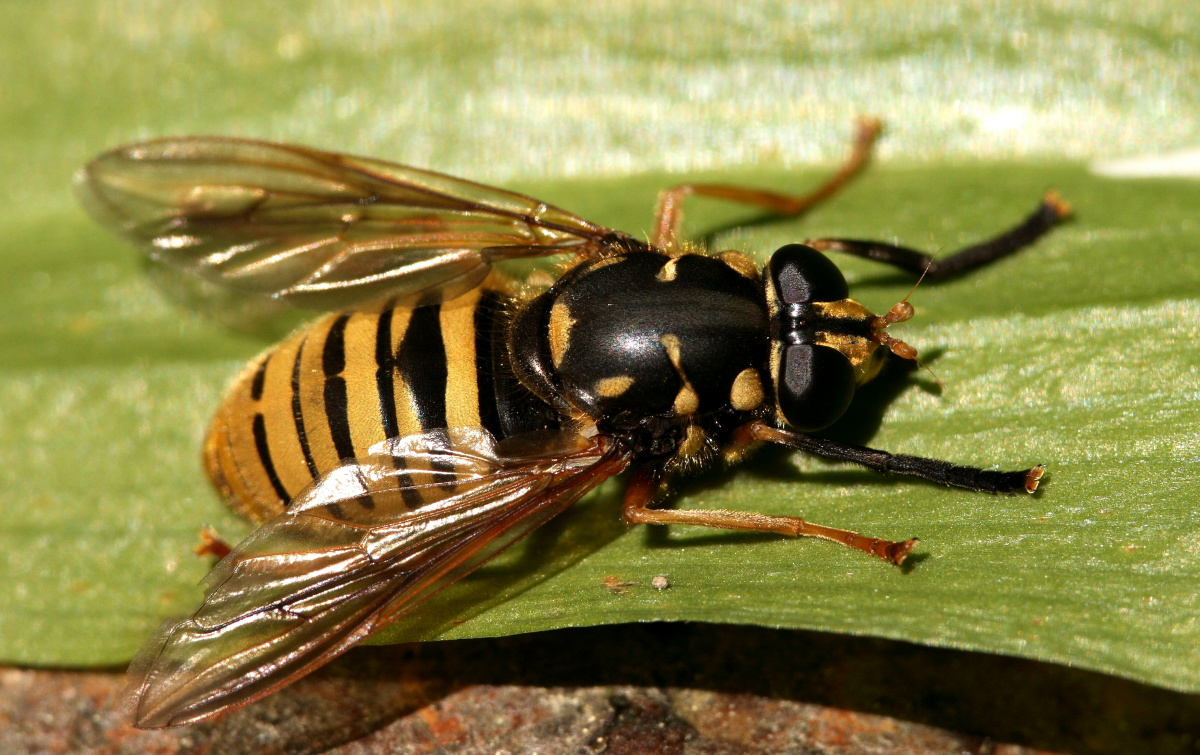Nature: the forgotten solution to climate change
By Luc Bas, European Regional Director and Chantal Van Ham, EU Programme Manager Nature Based Solutions
Without large-scale investment in nature conservation and restoration, we will not achieve zero net emissions in Europe Nature-based solutions, such as restoring and protecting wetlands and forests, can provide over one-third of the climate change mitigation needed by 2030. The current annual mitigation effect of EU forests via contributions to the forest sink, material substitution and energy substitution is estimated at 569 Mt CO2/year, or 13% of total current EU emissions. With the right set of incentives in place at the EU level, as well as at the member state level, Europe has the potential to achieve an additional combined mitigation impact, through the implementation of sustainable management practices and the creation of forest resilience, of 441 Mt CO2/ year by 2050.

Photo: @Schwoaze
Conserving and restoring forest landscapes is not only a cost-effective way to mitigate climate change, it also provides many other benefits to society. Healthy forests filter sediment and pollutants from rainwater runoff, protecting the quality of rivers and lakes, including drinking water sources. Restoring forest ecosystems, with appropriate species and connectivity between habitats, is critical for biodiversity – approximately 29% of assessed forest species are threatened with extinction, according to the International Union for Conservation of Nature’s (IUCN) Red List of Threatened Species.
The Global Assessment Report on Biodiversity and Ecosystem Service, published in May 2019, states that nature across most of the globe has been significantly altered by multiple human drivers. The great majority of indicators point to a rapid decline of ecosystems and biodiversity worldwide. To illustrate the scope of these alterations, 75% of the planet’s land surface has been significantly altered, 66% of the world’s oceans are experiencing increasing cumulative impacts and over 85% of wetlands have been lost.
From 2010 to 2015, 32mn hectares of primary or recovering forest was lost across much of the highly biodiverse tropics. Finding innovative ways to manage and restore forests to absorb carbon dioxide – to name one of the wide range 24 The overlooked side of the ecological transition of benefits gained from abundant forests – is crucial if we are to meet the goals of the Paris Agreement.
From the Friends of Europe Discussion Paper – The overlooked side of the ecological transition. To continue reading - https://www.friendsofeurope.org/wp/wp-content/uploads/2019/07/2019_FoE_CLEN_The-overlooked-side-of-the-ecological-transition.pdf



